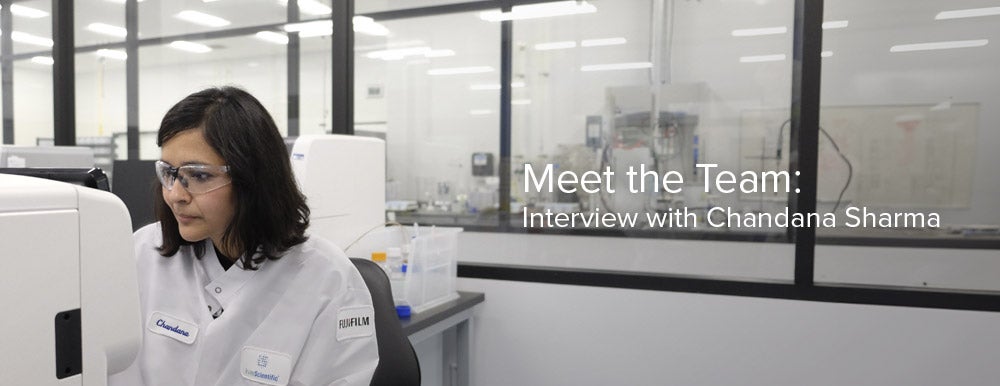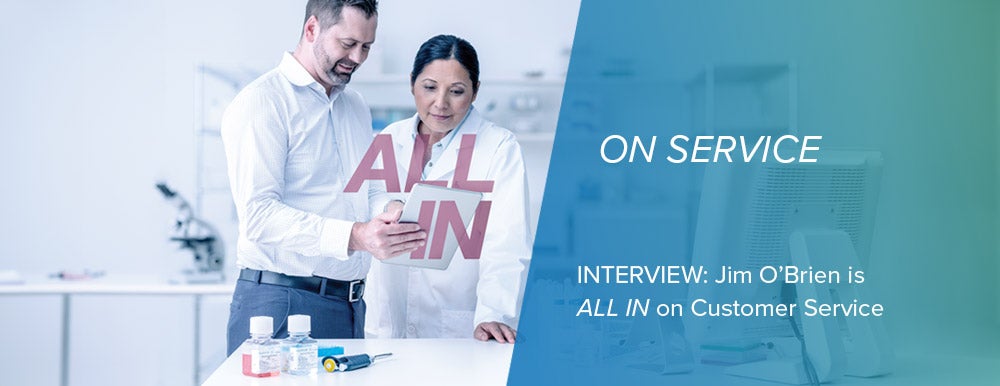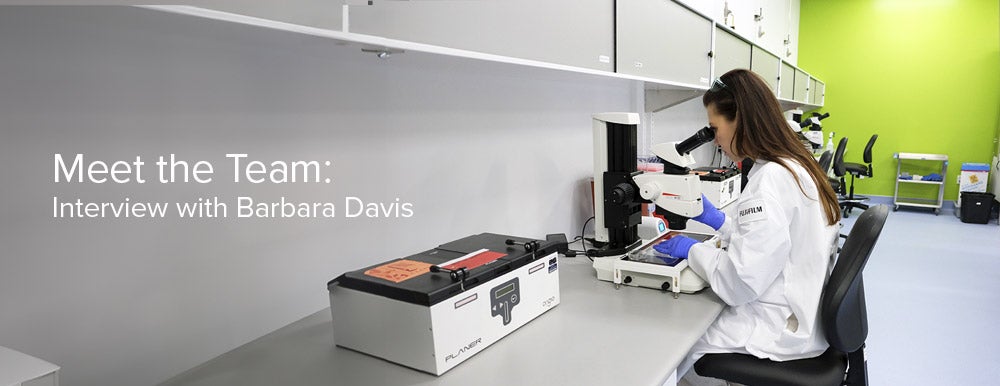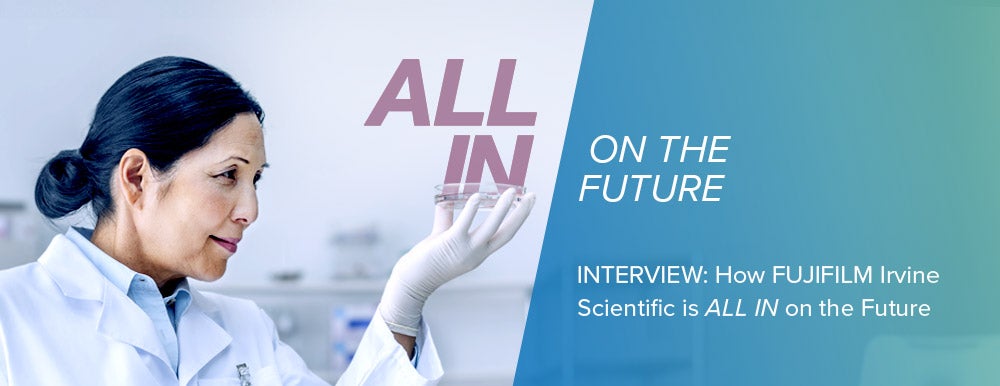We use cookies to make your experience better. To comply with the new e-Privacy directive, we need to ask for your consent to set the cookies. Learn more.
Blog Series: Expert Views on Different Vitrification Techniques to Maximize Success in IVF Procedures

Vitrification refers to the process of ultra-rapid cooling of an object in order for it to form an aqueous solid at temperatures less than -130°C. In essence, the object is cooled at such a speed that ice crystals cannot form, resulting in a frozen material that is effectively a ‘snapshot’ of its original state.
Embryo cryopreservation, through vitrification, is an important step for IVF laboratories to maximize a patient's IVF cycle. Carrying out this process successfully is vital to prevent the formation of ice crystals, which can damage cells and disrupt biological processes. Reproductive media products play an important role within the Assisted Reproductive Technology (ART) industry to support this process and foster life at the most vulnerable phases of development.
In this blog series, we’re speaking to experts in the industry to learn the tips and tricks that they’ve collected throughout their careers, to support embryologists in successful vitrification during IVF workflows and maximize pregnancy success rates. Today, we’re speaking to Dr. Dunja Baston-Büst, Assistant Head of IVF Laboratory, University Fertility Center Düsseldorf (UniKid), Germany:
Continually expanding on our expertise and sharing our learnings in this field is critical, not only for own understanding, but to give patients the best possible chances in their IVF journey. Over the years, I have collected many tips and tricks for vitrification and freezing, in general, some of which I think are important to share.
Collapsing and Assisted Hatching: Following the ESHRE Meeting in Geneva in 2017, we started collapsing expanded and hatching blastocysts before freezing. We aim to shoot the laser only once so that we don’t harm more trophoblast cells than absolutely necessary. We then wait about 10 minutes before the freezing process starts. In general, we freeze blastocysts scored full blastocyst or more. If we did not collapse the blastocyst before freezing, we hatch them directly after putting them in the culture dish after warming (e.g. blastocysts that were frozen before 2017 or scored full or less). We also collapse biopsied blastocysts because in Germany we perform more polar body biopsies on Day 1 and freeze blastocysts on Day 5/ 6 in order to reduce costs for the patients. After warming, we try to detect re-expansion and if successful, schedule the transfer 2-3 hours later.
Vitrification is a sensitive process - we harness our expertise to minimize the chance of failure as much as possible. Though these complicated workflows might not always turn out as we hope, they often lead to great successes, which we can learn from for our next project. Collapsing embryos or hatching them after warming seems to be very beneficial for pregnancy rates. Completely hatched embryos can also be vitrified but additional care must be taken to ensure that the transfer is scheduled soon after the warming, to avoid the attachment on the bottom of the dish.
Vitrification Device Loading: Regarding devices we use for vitrification—unless the patient is suffering from an infection, in which case we work in a contained environment, most stages of vitrification are done in an open setting. When loading the device, we have to be cautious of the developmental stage of the embryo/oocyte. Four mature oocytes are loaded per device, 2PN embryos are limited to three, and further developed embryos are loaded individually.
Revitrification: We’ve learnt that it’s possible to vitrify the same embryo twice if necessary. Embryos are easier to vitrify than oocytes. It took a longer time to refine the technique for the oocytes. In the early days, we did not select for oocyte quality during oocyte pick-up (OPU). We used to see an oocyte degeneration rate of 23%, and with an average of seven oocytes/OPU procedure, this represented a significant loss in the process and a large impact to success rates. Since then, we have optimized the general procedure and the oocyte selection process, allowing us to decrease the degeneration rate significantly to below 15%.
Summary: Our technique enables a more cost-effective process, allowing us to pass on to the patient a cheaper but no less effective procedure. The microdrop technique is easy to learn for any embryologist with experience in handling embryos and an understanding of the importance of dehydration and rehydration in the vitrification process.
FUJIFILM Irvine Scientific’s vitrification system is being used in hundreds of clinics worldwide to support robust cryopreservation programs that are delivering babies every day. These solutions can support your laboratory by reducing the cost of vitrification and by ensuring consistent high oocyte and embryo survival rates.
Since 1986, we have upheld and exceeded the most stringent quality controls in the ART industry. From sourcing qualified raw materials to the development of effective formulas and testing our products to ensure safety, FUJIFILM Irvine Scientific adheres to strict quality processes so that our products help customers, like Dr. Dunja Baston-Büst, give oocytes and embryos the best start possible.








